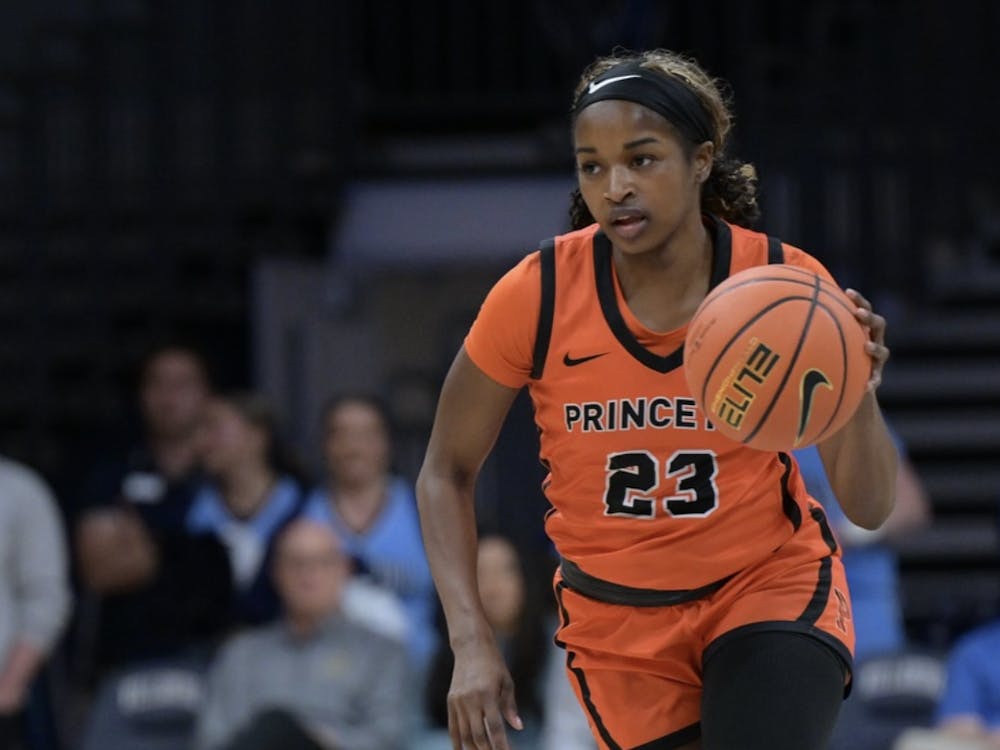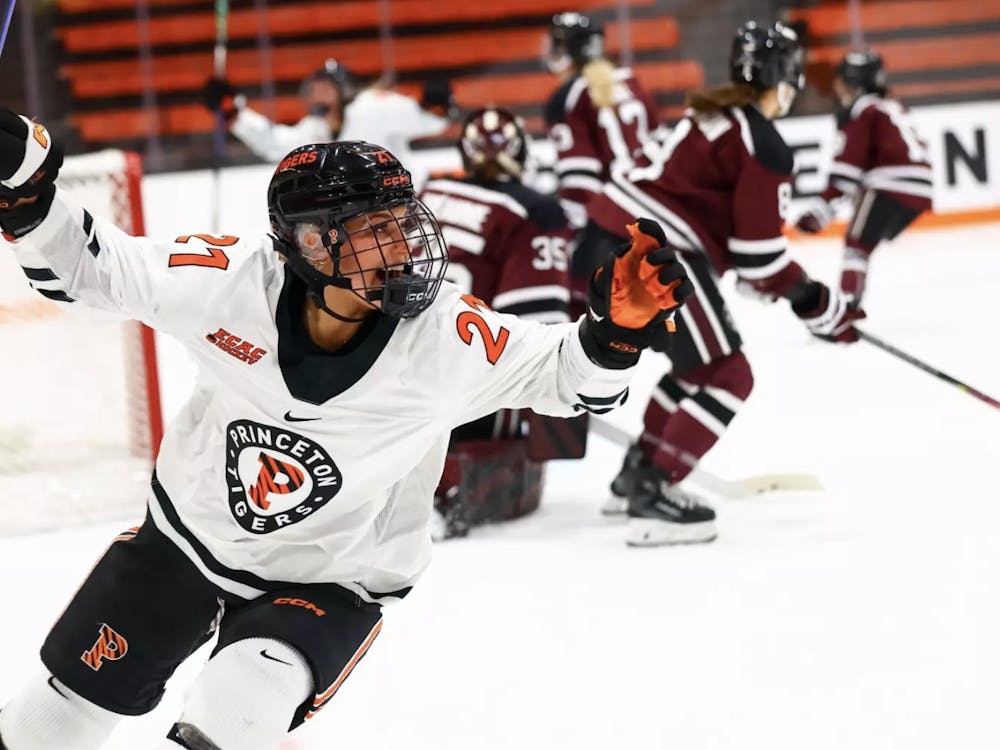In recent years, sports analysis has been increasingly dominated by new statistics. The movement’s roots come from baseball, in which advanced analytics were being used long before they were popularized by "Moneyball." Quantitative tools have since become widespread at all levels of basketball, and new statistical concepts have even penetrated the notoriously conservative sport of football. With analytics so ubiquitous in major sports, fans have started applying the same concepts to other areas, including one of the newest frontiers: NCAA lacrosse.
Lacrosse analytics are still in their infancy, but many key concepts have been adopted from basketball. Like basketball games, each lacrosse game can be broken down into a set of discrete possessions, and some teams play at a faster pace than others. Up-tempo teams will have more possessions and therefore more scoring opportunities; as a result, their offenses are overrated and defenses underrated by the conventional measurement of goals per game. To account for different paces of play, new statistics — under the umbrella of “tempo-free lacrosse” — break down performance not by game but by possession.
Of course, lacrosse is unlike basketball in one important way: Possessions do not strictly alternate, because there is a face-off after every goal. Therefore, a team’s success is a product of three skills: how well it scores when it has possession, how well it prevents opponents from scoring when they have possession and how often it gains possession. These statistics and other advanced metrics for all Division I men’s lacrosse teams are compiled by TempoFreeLax.com, and ESPN commentator Quint Kessenich has been known to drop some tempo-free knowledge.
Why are these metrics useful? Consider the 2011 Tigers, who went a disappointing 4-8; much of the blame was placed on their offense, which scored just 7.08 goals per game to rank 55th out of 60 Division I teams. A tempo-free look at the numbers reveals that offensive execution wasn’t the biggest issue — Princeton netted few goals mainly because it had fewer scoring opportunities than any other team. The Tigers had the nation’s slowest pace as well as the sixth-lowest possession percentage, largely due to an abysmal 41 percent win rate on face-offs. Adjusting for those factors and its brutal schedule, Princeton ranked 29th in offensive efficiency — just about average.
The magnitude isn’t as significant this season, but the Tigers’ offense is still somewhat underrated. Princeton has offset a defensive decline with more offensive firepower, ranking sixth in the nation with 12.33 goals per game. And though the Tigers aren’t the snail-like squad of two years ago, they still play at a below-average pace, ranking 43rd with 65.1 combined possessions per game; meanwhile, most of the top-scoring squads play much more quickly. According to TempoFreeLax.com, the Tigers have the nation’s second-best adjusted offensive efficiency (behind only Denver, which is led by legendary Princeton coach Bill Tierney).
Tempo-free statistics can aid the analysis of individual players as well. Albany’s Lyle Thompson currently leads the NCAA in points, averaging 6.85 goals plus assists per game; Kieran McArdle of St. John’s is second at 6.58. But Albany plays at the nation’s fastest pace, averaging a combined 76.8 possessions per game, while the Red Storm is slower than average at 63.5. When adjusting for pace, McArdle is actually the nation’s most productive player — he racks up .21 points per offensive possession, while Thompson averages only .18.
Has the new shot-clock rule increased the pace of play in college lacrosse, as intended? The evidence is mixed. Teams are not taking significantly more possessions per game — 66.4 this year, compared to 65.8 in 2012 — but given that last year’s average tempo was nearly four possessions per game slower than in 2010, the shot clock may have prevented a further decline. And offensive possessions have unequivocally become more active this season — 2013 has seen significantly more shots per game and shots per possession than any of the previous three years.
All in all, the tempo-free rankings paint a rosy picture of the Ivy League. Cornell is rated second overall, while Yale is ninth and Princeton 10th (without factoring in last Friday’s shellacking of Harvard), while each team is ranked at least two spots lower in the national polls. A likely cause of the disparity is that all three teams have been dominant in wins but unlucky in close games. The Ivy’s top trio has lost a total of eight games when not playing each other — and all eight defeats have come by one goal.
If the new statistics are to be believed, next weekend’s Ivy League Tournament will be a bloodbath — and whichever team (or teams) survive should be dangerous at the NCAAs.








